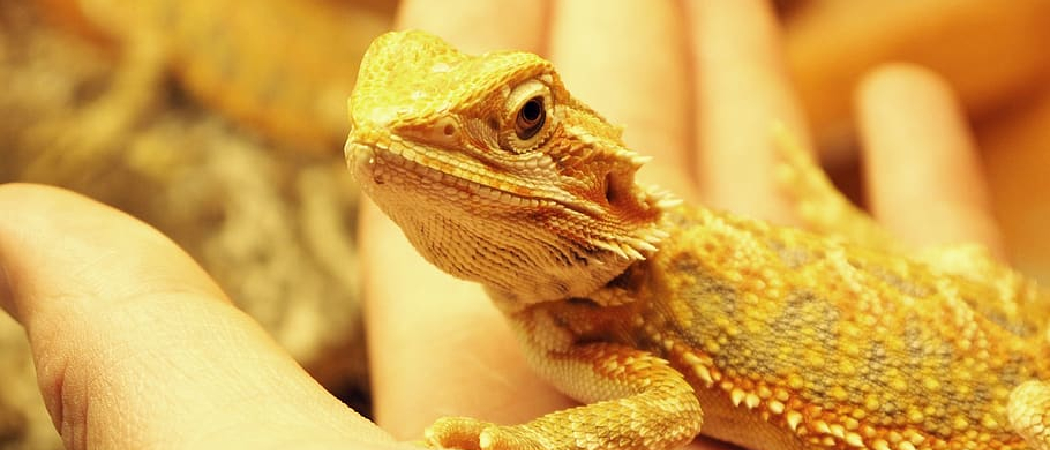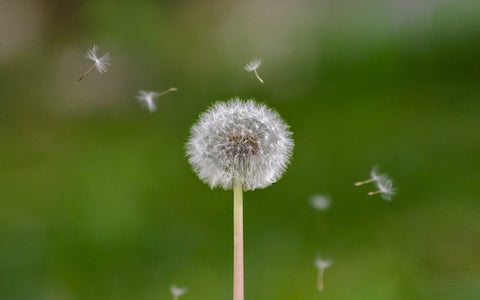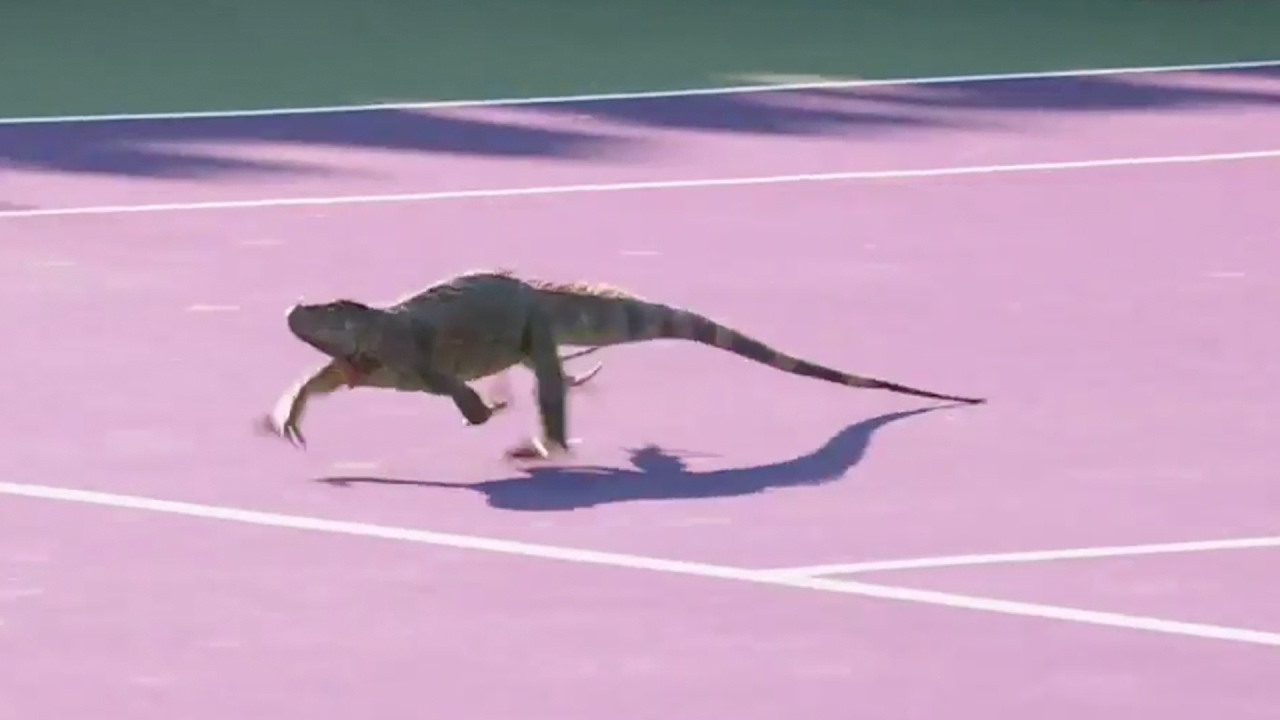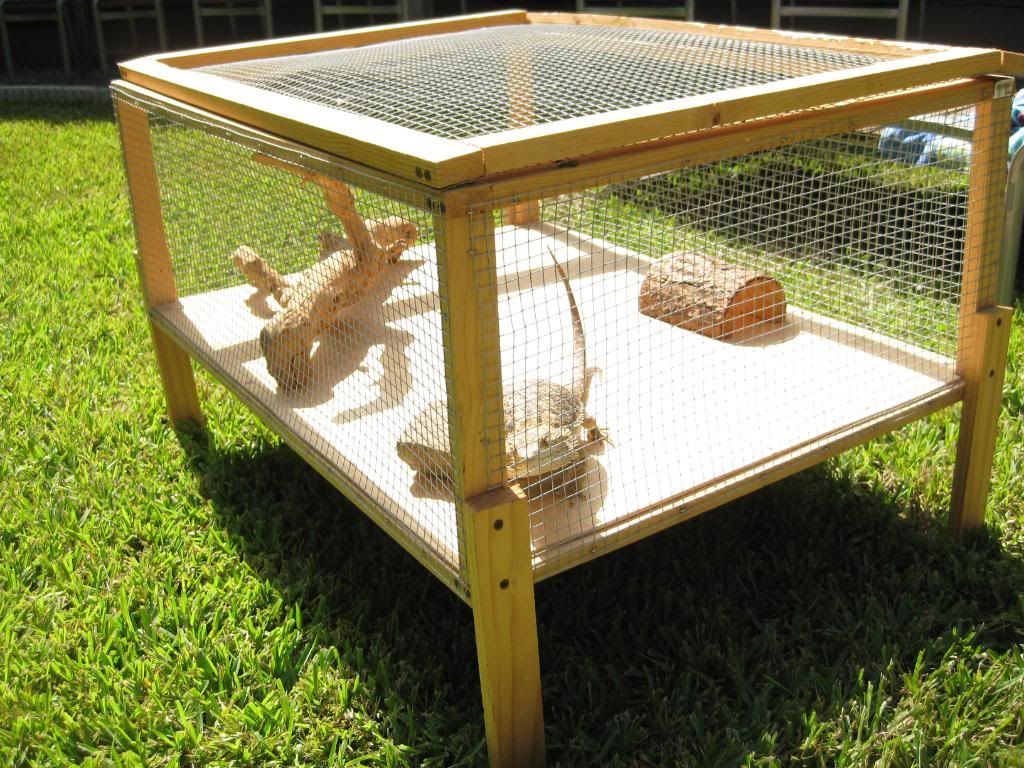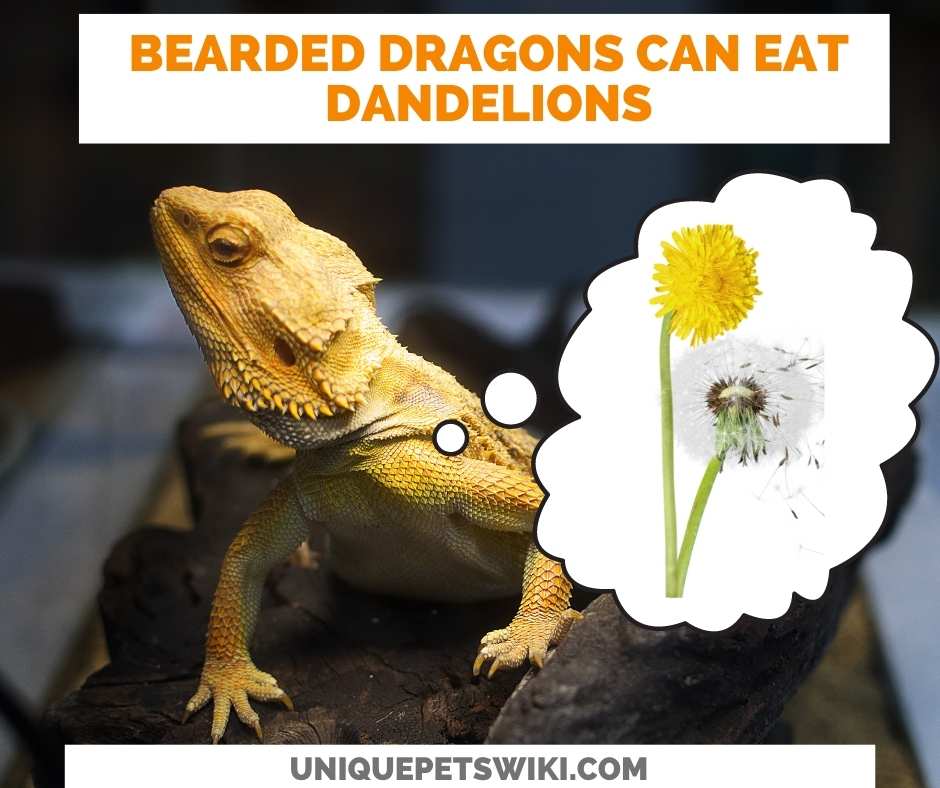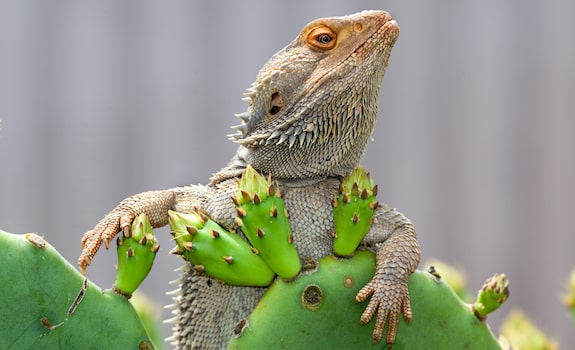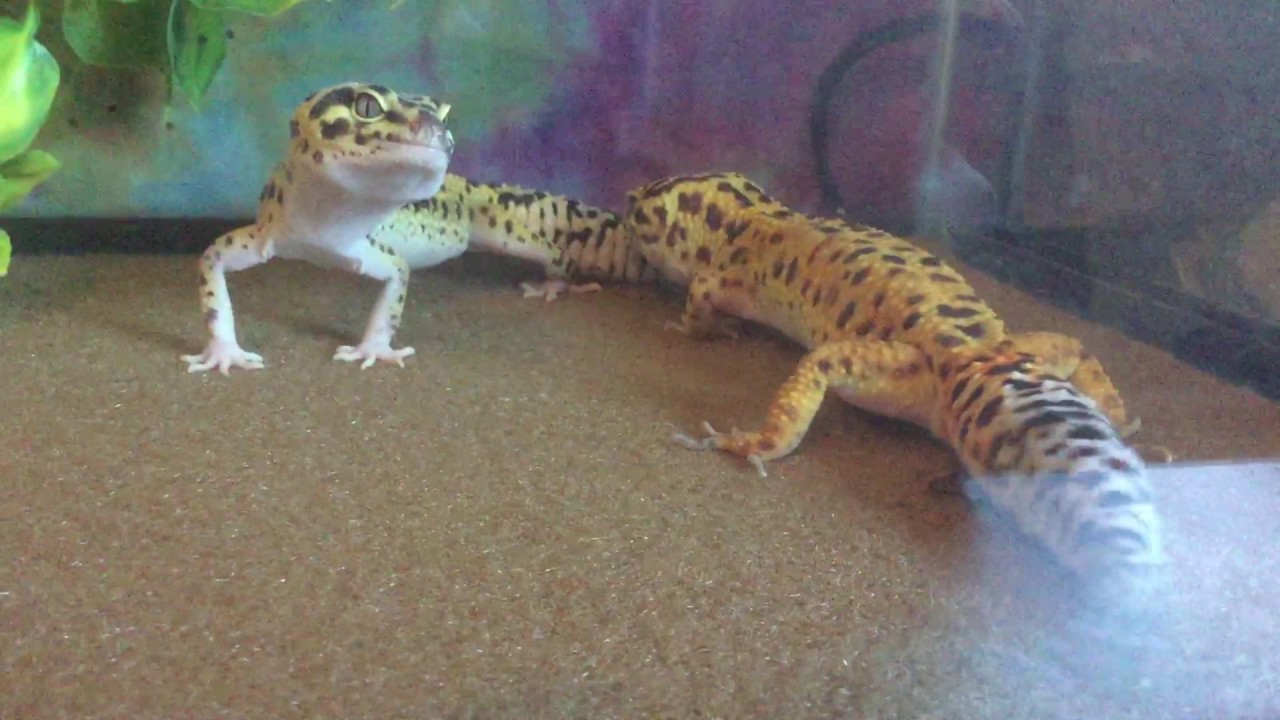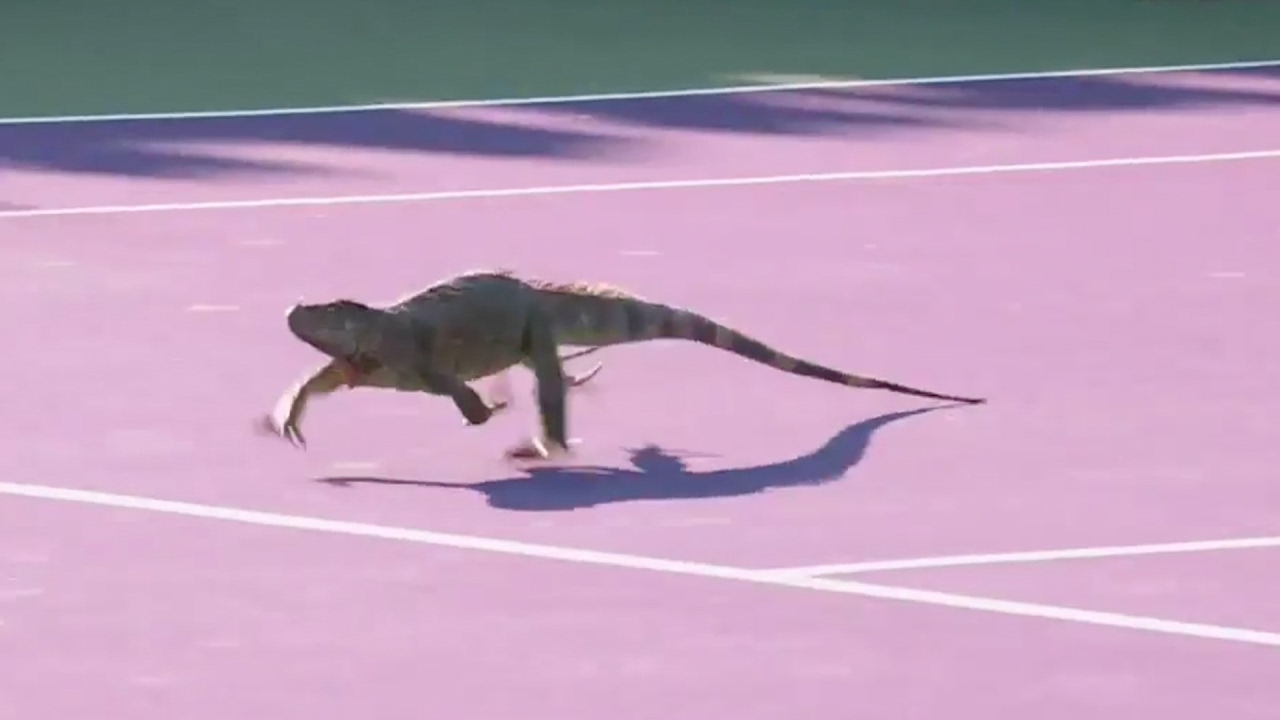How to Get Stuck Shed off a Bearded Dragon
To get stuck shed off a Bearded Dragon, begin by soaking the dragon in warm water for 15-20 minutes. This will help to soften and loosen the old skin. Then, gently rub the lizard with a damp washcloth or chamois cloth to help remove any remaining bits of shedding skin that has not come off …

